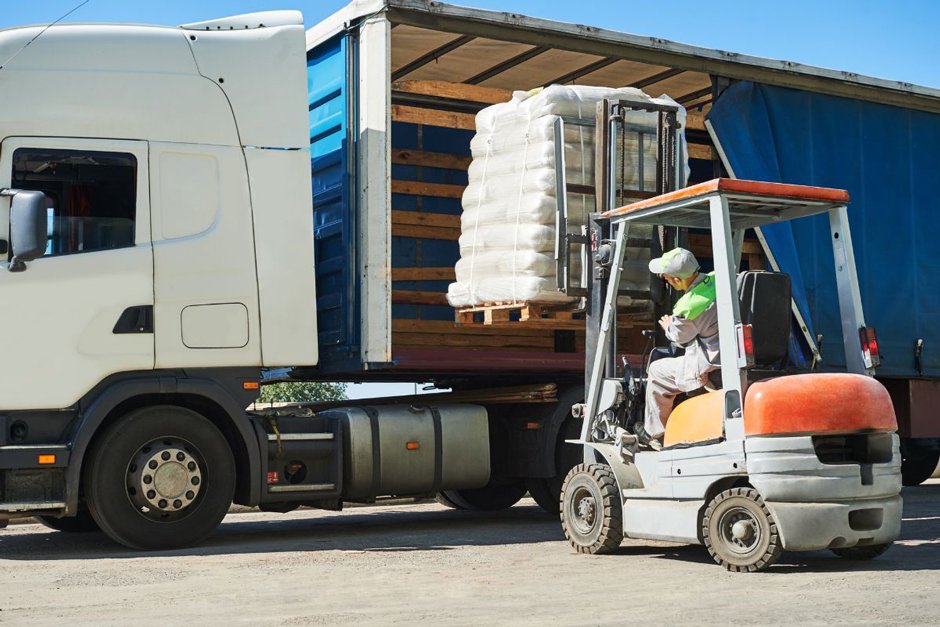During your training as an HGV driver, you will receive comprehensive instruction on matters pertaining to health, safety, and security. One crucial aspect that will be emphasised is the proper method of loading and unloading your HGV in a safe manner. Depending on the vehicle you are operating and the nature of your cargo, this could encompass various aspects, such as correct lifting techniques for boxes, or ensuring the secure fastening of unusually shaped loads to your HGV. The significance of safe loading cannot be overstated, and in the following discussion, we will elucidate the reasons behind this paramount importance.
The Consequences of Insecure Loading
Heavy goods vehicles play a vital role in supporting and promoting economic development. However, it should be acknowledged that these vehicles come with certain inherent risks. One such risk stems from their substantial weight, which exceeds that of an average car. Additionally, the irregular shapes and sizes of the loads they carry often necessitate special transportation methods, such as securing them to a flatbed instead of utilising a standard container lorry.
Ensuring proper load securing is a significant risk factor that solely rests on the shoulders of the HGV driver, something that will be covered in training for your C1E licence. If the cargo is not adequately secured, there is a potential for it to shift and move, consequently altering the vehicle’s weight and posing problems for the driver. The worst-case scenario resulting from improper loading is the complete shedding of the HGV’s load while in transit, leading to significant damage and a potentially catastrophic accident. Simply put, it is crucial to prioritise the secure loading of your vehicle.
Essential Guidelines for Secure Cargo Transportation
In spite of the initial perception that loading a Heavy Goods Vehicle (HGV) is a complex task, it primarily requires the appropriate knowledge and a practical approach. In this regard, it is crucial for every HGV driver to be aware of and adhere to three fundamental principles of safe loading.
- Principle 1 states that The securing system being utilised must have the capacity to withstand the full weight of the load when moving forward, half the weight when moving backward, and also when subjected to unexpected lateral movements. This ensures that the load remains stable and prevents any possible falling off or excessive movement.
- Paraphrased text: Principle 2 – It is imperative to utilise the configuration of your trailer or vehicle to properly fasten your cargo. This could involve loading it into a securely enclosed lorry box, or securely attaching it to the bulkhead or headboard. It is important to fill Any gaps between the anchor points with pallets or similar materials to prevent any unintended shifting.
- Principle 3 – It is crucial to consistently employ appropriate restraints and ties suitable for the specific type of cargo being transported. Certain trailers are equipped with built-in restraints, simplifying the process of securing loads. However, in many cases, it becomes necessary to utilise various methods such as netting, webbing, lashes, or chains to effectively secure the cargo, depending on its nature.
Mastering Essential Knots and Binding Methods
When you are transporting an exposed load, such as a flatbed HGV or any cargo that is not contained within a sealed container, it is necessary to ensure the load is secured before beginning the journey. This process, known as “lashing,” involves fastening and securing the load using ropes, chains, or other suitable materials. Currently, There are two primary techniques used for lashing, namely direct lashing and frictional lashing.
- Direct lashing is primarily employed in the transportation of large machinery and equipment, utilising opposing pairs of lashings.
- Frictional lashing is a commonly used technique where lashes are placed across the load, stretching from one side of the vehicle or trailer to the other. The number of lashes required depends on various factors such as the weight of the load, the strength of the lashings, the level of friction on the load bed, and the number of tensioners used.
Regardless of the method employed, it is crucial to ensure that the lashing is as close to vertical as possible. While it may be straightforward in certain situations, it can pose a significant challenge with certain loads, sometimes necessitating the use of pallets to adjust the angle and maintain balance. It is essential to be aware of when traditional lashings are unsuitable, such as when transporting sand, power, or aggregates. In such cases, an alternative option like chains or the utilisation of a container should be considered.









